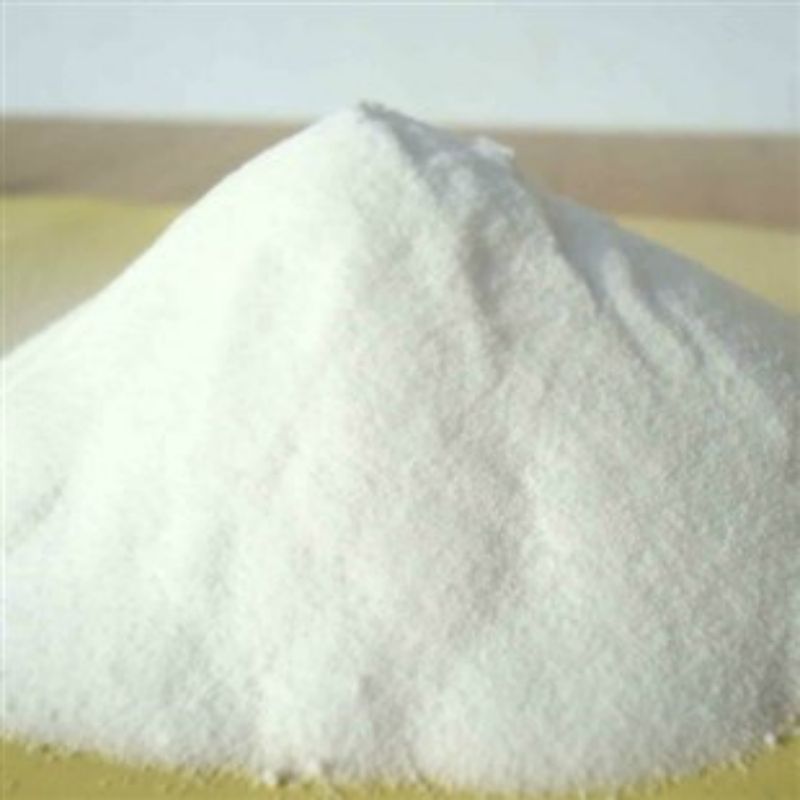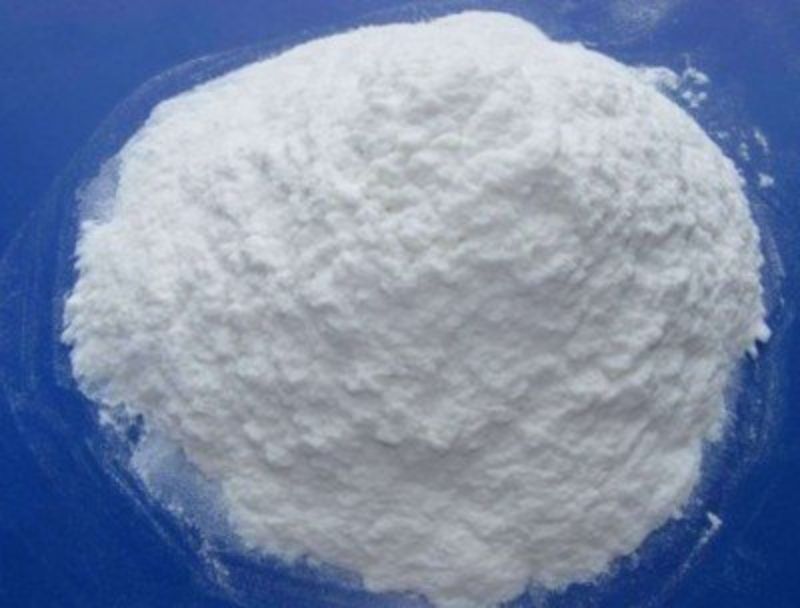1. Petroleum industry
Sodium carboxymethyl cellulose is mainly used in oil extraction, used in the manufacture of mud, plays the role of viscosity, water loss, it can resist various soluble salt pollution, improve oil recovery rate. Sodium carboxymethyl hydroxypropyl cellulose (NaCMHPC) and sodium carboxymethyl hydroxyethyl cellulose (NaCMHEC) are good materials for drilling mud treatment and preparation of completion fluids, with high pulping yield, good salt and calcium resistance, good viscosity increasing ability and temperature resistance (160℃). Suitable for the preparation of fresh water, sea water and saturated salt water drilling fluid, under the weight of calcium chloride can be prepared into a variety of densities (103 ~ 127g/cm3) drilling fluid, and make it have a certain viscosity and low filtration loss, its viscosity and filtration loss capacity are better than hydroxyethyl cellulose, is a good oil production additives.

Sodium carboxymethyl cellulose is a cellulose derivative widely used in the process of oil exploitation, which has been applied in drilling fluid, cementing fluid, fracturing fluid and improving oil production volume, especially in drilling fluid with large dosage, mainly taking off and landing filtration and viscosification. Hydroxyethyl cellulose (HEC) is used in drilling, completion and cementing processes as a mud thickening stabilizer. Compared with sodium carboxymethyl cellulose and guar gum, hydroxyethyl cellulose has the advantages of good thickening effect, strong suspended sand, high salt content, good heat resistance, low fluid loss, broken glue block and low residue.
2. Construction and coating industry
Sodium carboxymethyl cellulose, an admixture of building mortar and coating mortar, can be used as a retarder, water retaining agent, thickener and binder, and can be used as a dispersant, water retaining agent and thickener for plaster, mortar and floor smoothing materials of gypsum and cement bottom. It is a special masonry and plastering mortar admixture made of carboxymethyl cellulose for aerated concrete blocks. It can improve the workability, water retention and crack resistance of mortar, and avoid the cracking and hollowing of block walls. Building surface decoration materials Cao Mingqian et al made of methyl cellulose is an environmentally friendly building surface decoration material, the production process is simple, clean, can be used for high-grade wall, stone tile surface, can also be used for the surface decoration of columns and tablets.

3. Daily chemicals industry
Sodium carboxymethyl cellulose, a stable tackifier, plays a role in dispersing suspension stabilization in paste products of solid powder raw materials, thickening, dispersing and homogenizing in liquid or emulsion cosmetics. It can be used as stabilizer and viscosifier. Emulsifying stabilizer is used as emulsifier, tackifier and stabilizer for ointment and shampoo. Sodium carboxymethyl hydroxypropyl cellulose can be used as the adhesive stabilizer of toothpaste, with good thixotropic properties, so that the toothpaste has good formability, long-term deformation, uniform and delicate taste. Sodium carboxymethyl hydroxypropyl cellulose salt resistance, acid resistance is superior, the effect is far better than carboxymethyl cellulose, can be used as a tackifier in detergent, dirt adhesion prevention agent. In the production of detergent, sodium carboxymethyl cellulose is generally used as a dirt dispersant of laundry powder, a thickener and a dispersant of liquid detergent.

4. Pharmaceutical and food industry
In the pharmaceutical industry, hydroxypropyl carboxymethyl cellulose (HPMC) can be used as drug excipients, widely used in oral drug skeleton controlled release and sustained release preparations, as a release blocking material to regulate the release of drugs, as a coating material sustained release agent, sustained release pellets, sustained release capsules. The most used is methyl carboxymethyl cellulose, ethyl carboxymethyl cellulose, such as MC is often used in the manufacture of tablets and capsules, or coated sugar tablets. High-quality cellulose ethers can be used in the food industry, and are effective thickeners, stabilizers, excipients, water retaining agents and mechanical foaming agents in various foods. Methylcellulose and hydroxypropyl methylcellulose have been recognized
A metabolically inert substance that is not harmful to physiology. High purity (99.5% or more purity) carboxymethyl cellulose (CMC) can be added to foods such as milk and cream products, condiments, jams, skin jellies, cans, table syrups and beverages. Carboxymethyl cellulose with a purity of more than 90% can be used in food-related aspects, such as the transportation and storage of fresh fruits. This plastic wrap has the advantages of good preservation effect, less pollution, no damage, and easy mechanization of production.
5. Optical and electrical functional materials
Due to the high purity of cellulose ether, good acid resistance, salt resistance, especially the low content of iron and heavy metals, the colloidal prepared is very stable, suitable for alkaline batteries, zinc-manganese batteries electrolyte thickening stabilizer. Many cellulose ethers show thermotropic liquid crystal properties. Acetyl hydroxypropyl cellulose forms thermogenic cholesteric liquid crystals below 164℃.
Post time: Mar-22-2024





